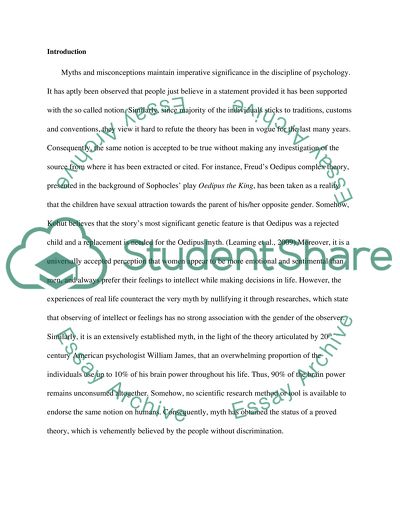Cite this document
(“Psychology Essay Example | Topics and Well Written Essays - 2000 words”, n.d.)
Retrieved from https://studentshare.org/environmental-studies/1419432-psychology
Retrieved from https://studentshare.org/environmental-studies/1419432-psychology
(Psychology Essay Example | Topics and Well Written Essays - 2000 Words)
https://studentshare.org/environmental-studies/1419432-psychology.
https://studentshare.org/environmental-studies/1419432-psychology.
“Psychology Essay Example | Topics and Well Written Essays - 2000 Words”, n.d. https://studentshare.org/environmental-studies/1419432-psychology.


